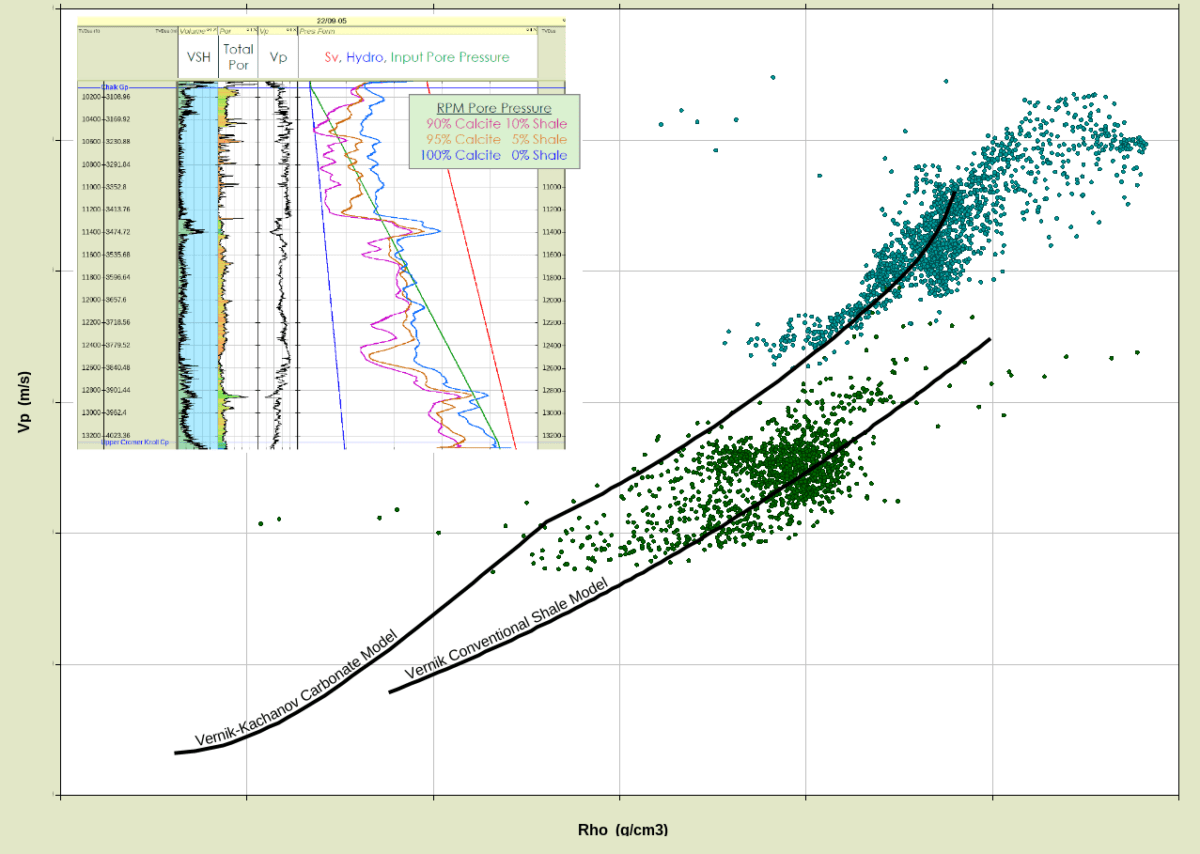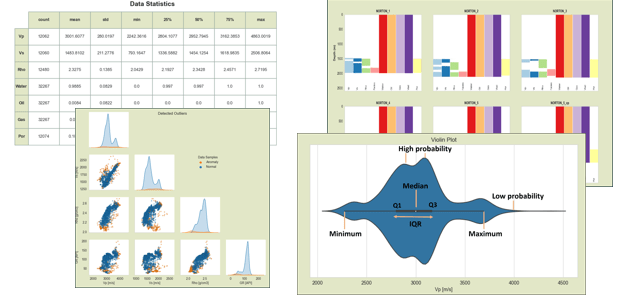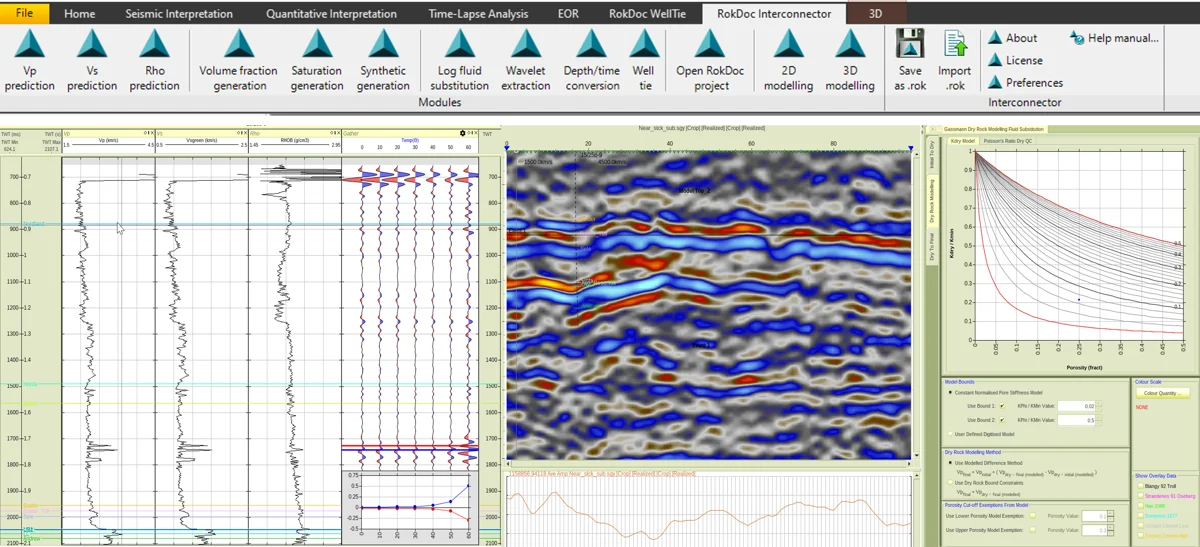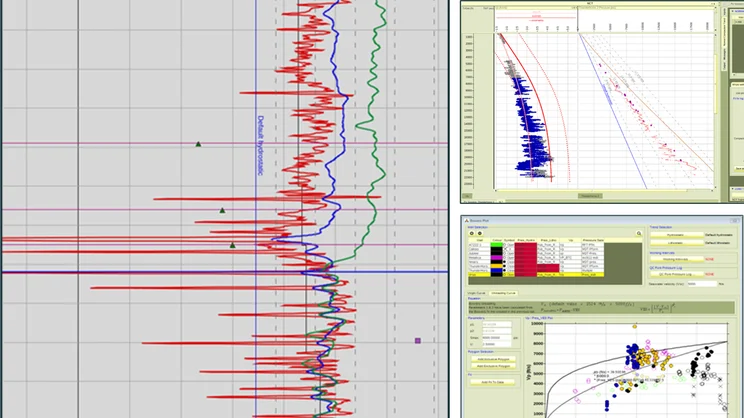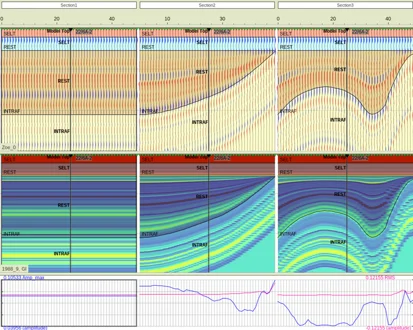
Complete the form below to view the presentation.

As Geoscientists, we are often faced with the challenge of having insufficient data. Valuable well data can sometimes be sparse in places where geology might be rapidly changing, and filled with unknowns. How do we ensure the result of seismic interpretation, prospect de-risking and ranking or volumetric estimation are robust with limited input data? Predictive Rock Physics Framework could be the key to fill the gap and help us navigate the uncertainties during the process. In this presentation we will show an example of integrated workflow, which is centered upon calibrated regional rock physics trends for Atlantic Canada. In order to capture variation of elastic properties in the study area, the trend is defined and calibrated per each rock type (facies). Geologic factors, including burial depth, fluid saturation, mineralogy, and vertical effective stress (VES) are considered and used as input for deriving trends in the reservoir and non-reservoir zone. The trends are then tested and validated on selected well location, before being applied further to aid interpretation and evaluation of key prospects in the study area.
